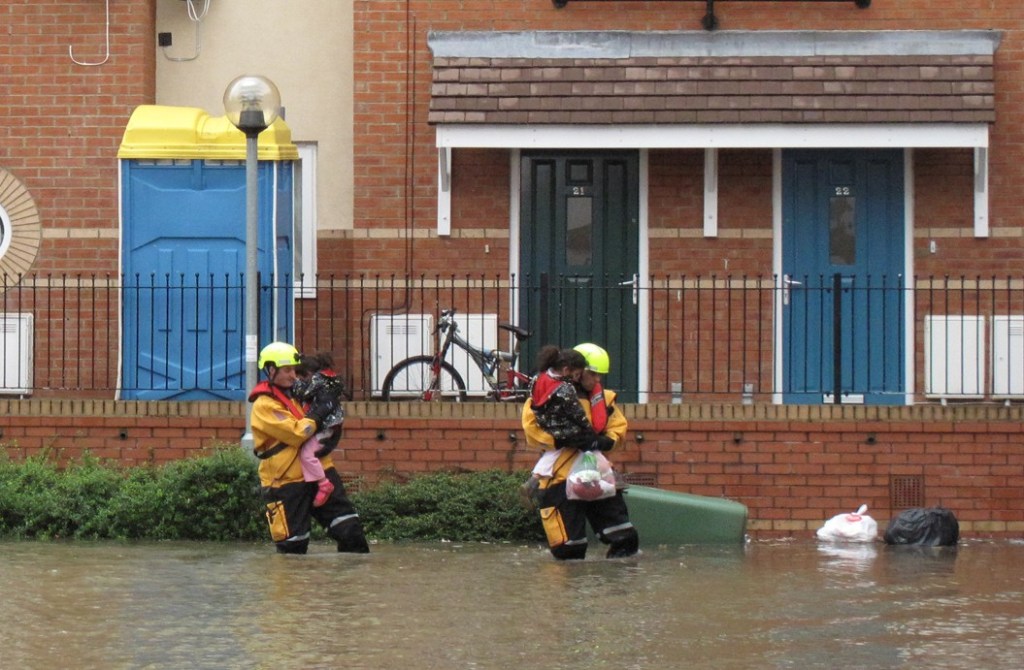OFA has made a short submission to the current consultation on a proposed reorganisation of Oxfordshire Fire and Rescue services. We have not expressed an opinion on the overall proposal. Our comments relate purely to the role the Fire Service plays during flood emergencies. The Fire Service has no statutory obligation to respond to floods, but in practice it has provided vital support to other agencies during flooding. Fire crews help to rescue people in trouble, and pump floodwater away to protect homes and keep roads open. Oxfordshire Fire Service has a mobile high-volume pump stationed in Banbury which is deployed in the county and beyond at times of flooding.
The proposals document does not mention flood response. An accompanying document called Facts First does mention a need to review how specialist rescue services will be organised if the proposal goes ahead. From the information provided it is not possible to assess what implications, if any, the reorganisation has for the provision of support during times of flooding. We have asked the proposers to clarify this. We would like to see support during a flood maintained at at least existing levels, and ideally enhanced. We have asked for an assurance that the service will retain the capacity to deliver this support.








